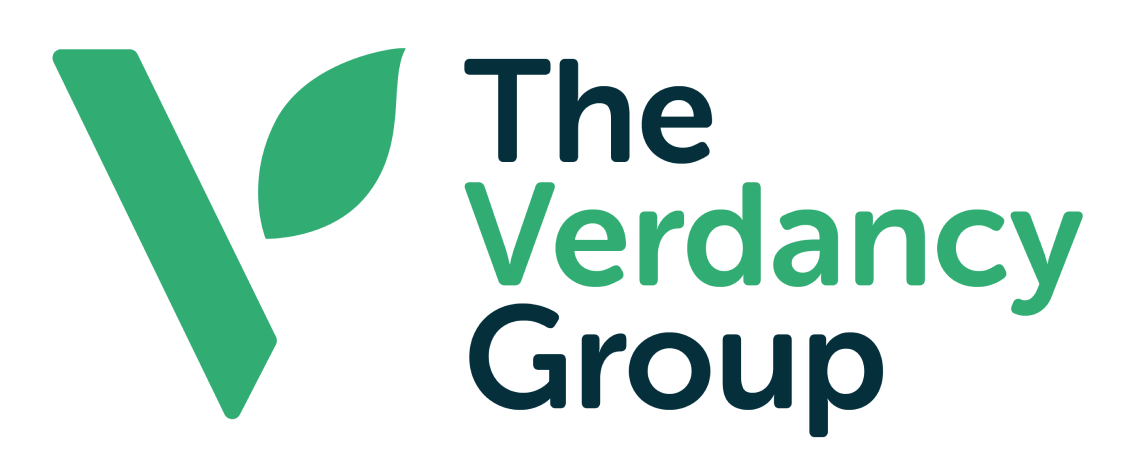Register for FY25
Full-Year Financial and Programmatic Results
The Essential of Preparedness

“Give me six hours to chop down a tree and I will spend the first four sharpening the axe.”
– Abraham Lincoln
Prior to COVID 19, our organization had a strong Business Continuity Plan, which was refined and made stronger as a result of this crisis. It has guided every one of our actions and is structured into four major areas of response:
• People
• Workplace/Operations
• Finance
• Information Technology
Each area of response included three phases: Phase I: Prevention and Containment, Phase II: Stabilization, and Phase III: Transition to “New” Steady State/Emerging Opportunities.
As I reflect on our efforts over these past weeks, I have come to appreciate, in ways I never have before, the value of a clear, transparent and thoughtful plan.
Our staff, our clients, our donors, our funders and our partners rely on us to make decisive and informed decisions.
To do so, preparedness is essential.
During the first two weeks (Phase I) when there were many, many more questions than answers—we knew what to do. We set up a Command Center and Employee Hotline, established a leadership team, started to communicate regularly to board and staff and initiated an intense impact analysis and scenario planning with company leaders. We followed the plan.
During the last 3 weeks (Phase II), our goal was to stabilize the company and mitigate as much loss as possible. As the possible scenarios we ran became reality, we took action. Not every action we took was easy, but what was reassuring is that we knew what to do and when to do it. We:
• Increased staff communication;
• Worked closely with funders;
• Carefully managed the human impact of program closures, such as schools and
child development centers on both staff and families;
• Leveraged our strong technology infrastructure to use virtual platforms to provide
services when possible;
• Trained staff on how to provide telehealth services and helped supervisors learn how
to be effective in supervising remotely; and
• For services in high demand, such as our Total Facilities Management enterprise—
we adjusted to meet the need.
We have recently begun the rigorous task of preparing for the end of COVID-19 (Phase III)—whenever that will be. This involves detailed discussions about how we intend to bring people back to work, exploring practices we employed during the crisis that we may want to continue post-crisis, and aggressively going after every resource available to us by government and the philanthropy to mitigate further long-term organizational impact.
We are absolutely committed to coming out of this crisis—better and stronger.
Given all that is happened, it is preparedness and planning, that in the end, is making the most significant difference.
-min.avif)


